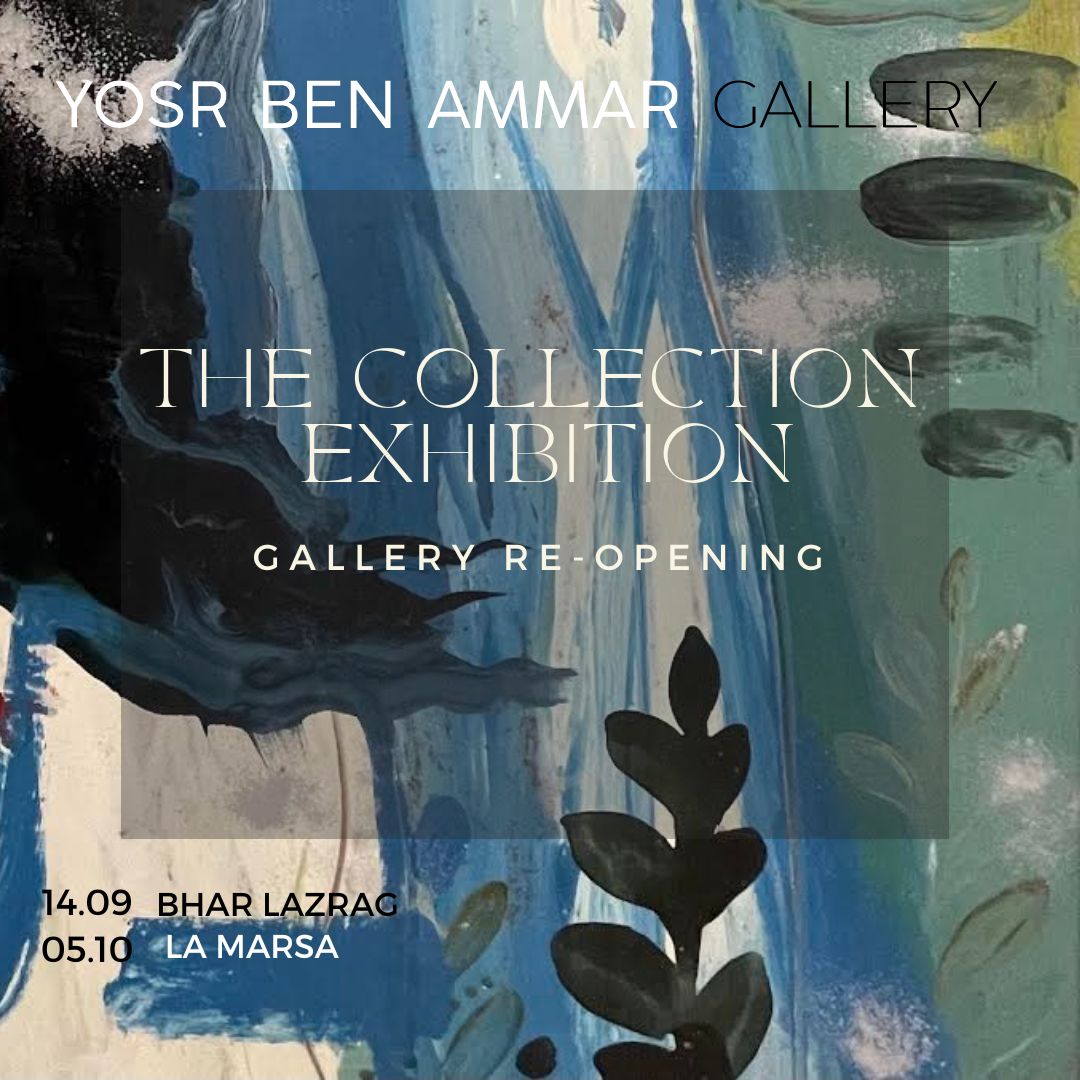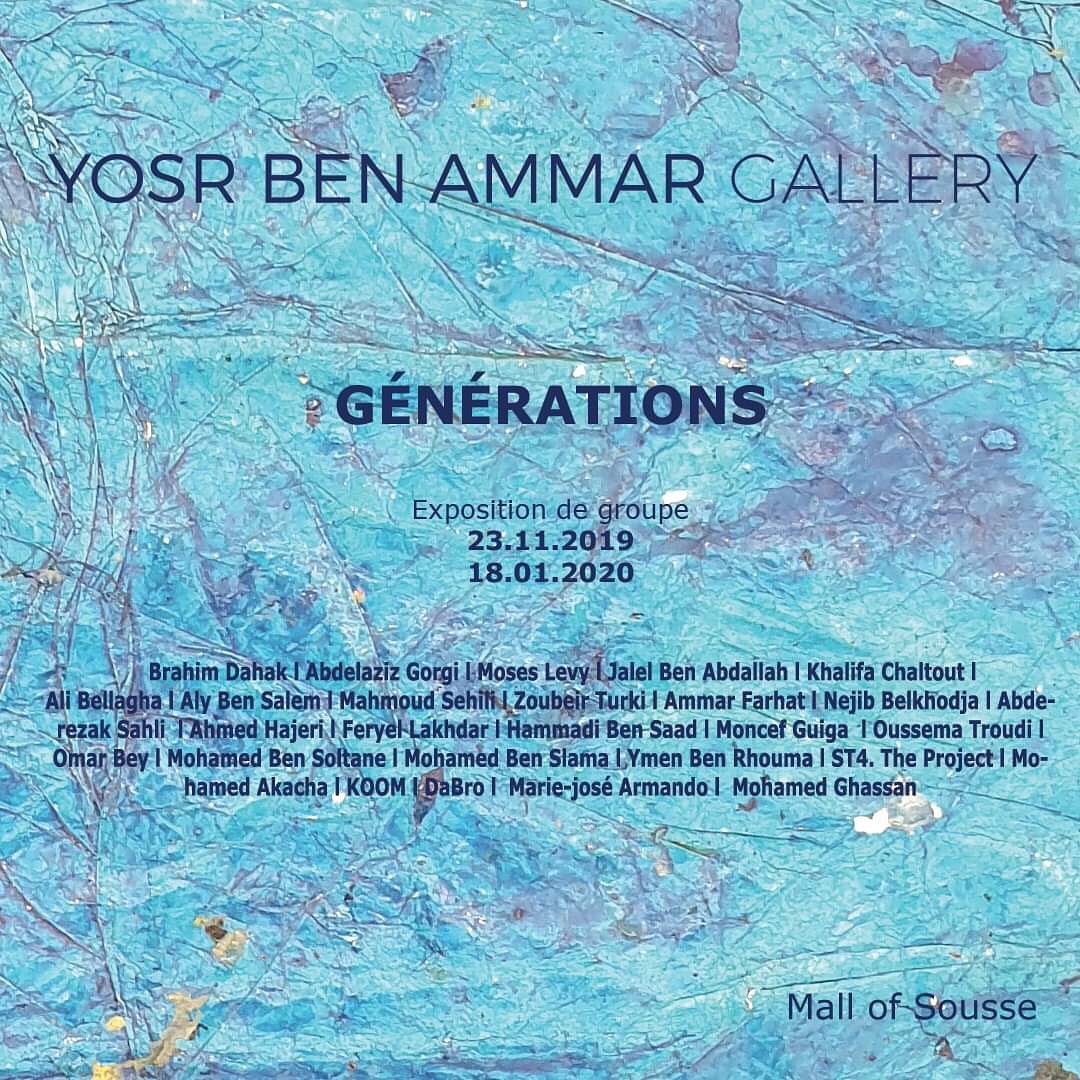MOSES LEVY (1885-1968)
Originally from Tunisia, Moses Levy is recognized as one of the pioneers of modern painting in the country and a precursor of the École de Tunis. He began his studies at the Lycée Carnot in Tunis before pursuing artistic training in Italy, at the Academy of Lucca and then at the Florence School of Fine Arts in 1903.
During World War II, he stayed in Tunisia, absorbing the light and landscapes of the Mediterranean, which would nourish his work. In 1945, he returned permanently to Italy while remaining deeply attached to Tunisia. After the war, he co-founded the École de Tunis with Pierre Boucherle, Jules Lellouche, and Antonio Corpora, which quickly became a key reference for painting in North Africa.
His studio, located on Rue de Provence (now Rue du 18-Janvier) in Tunis, became a meeting place for École de Tunis artists, fostering exchange, collaboration, and collective creativity. Levy’s frequent travels across the Mediterranean enriched his palette and vision, integrating varied impressions and colors into his work.
He exhibited regularly in Italian and Tunisian salons as well as in colonial exhibitions. Member of the “Group of 4” in 1936, then the “Group of Ten” in 1947, he officially joined the École de Tunis in 1950, solidifying his central role in developing a modern pictorial language rooted in tradition yet open to European influences.


